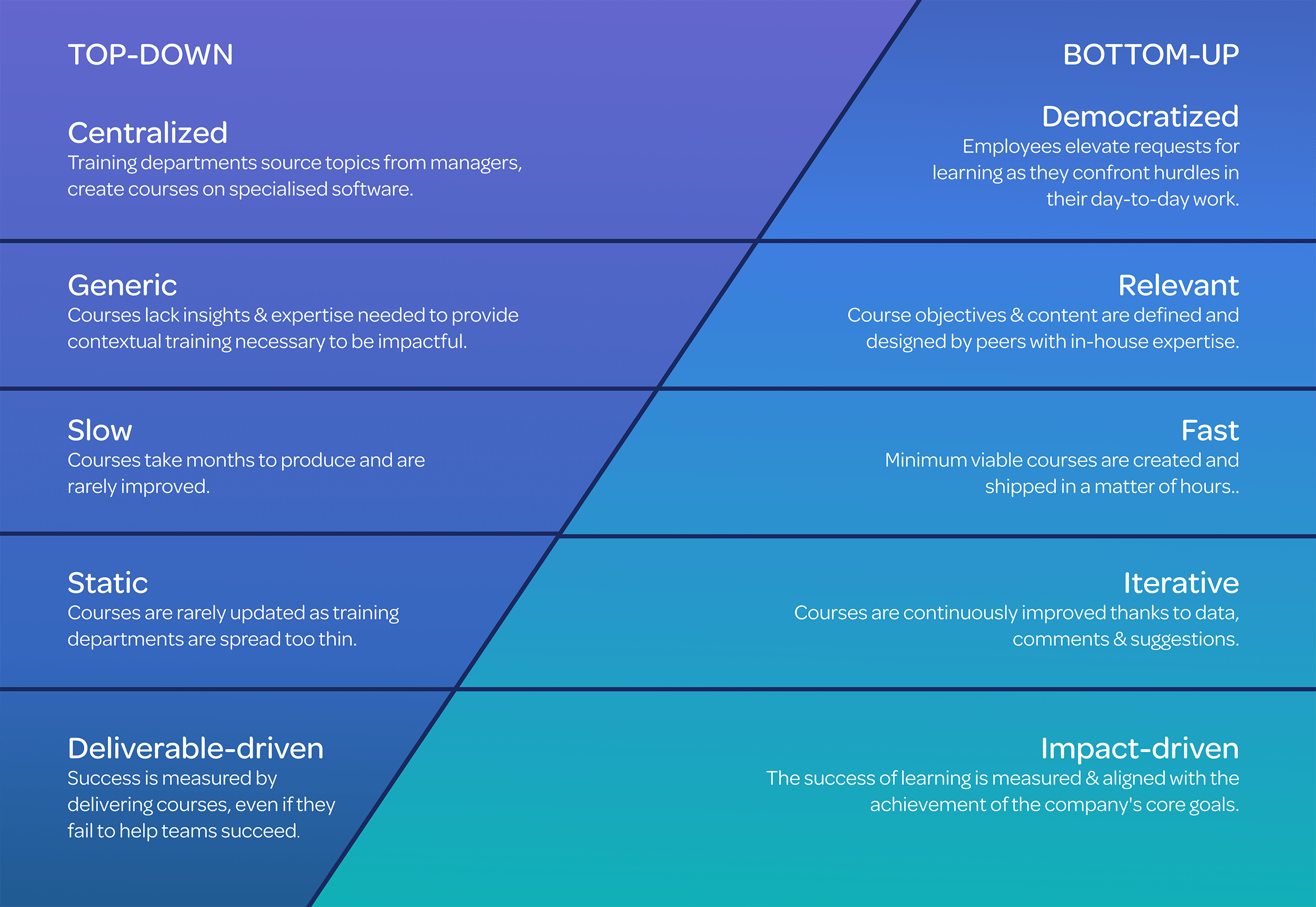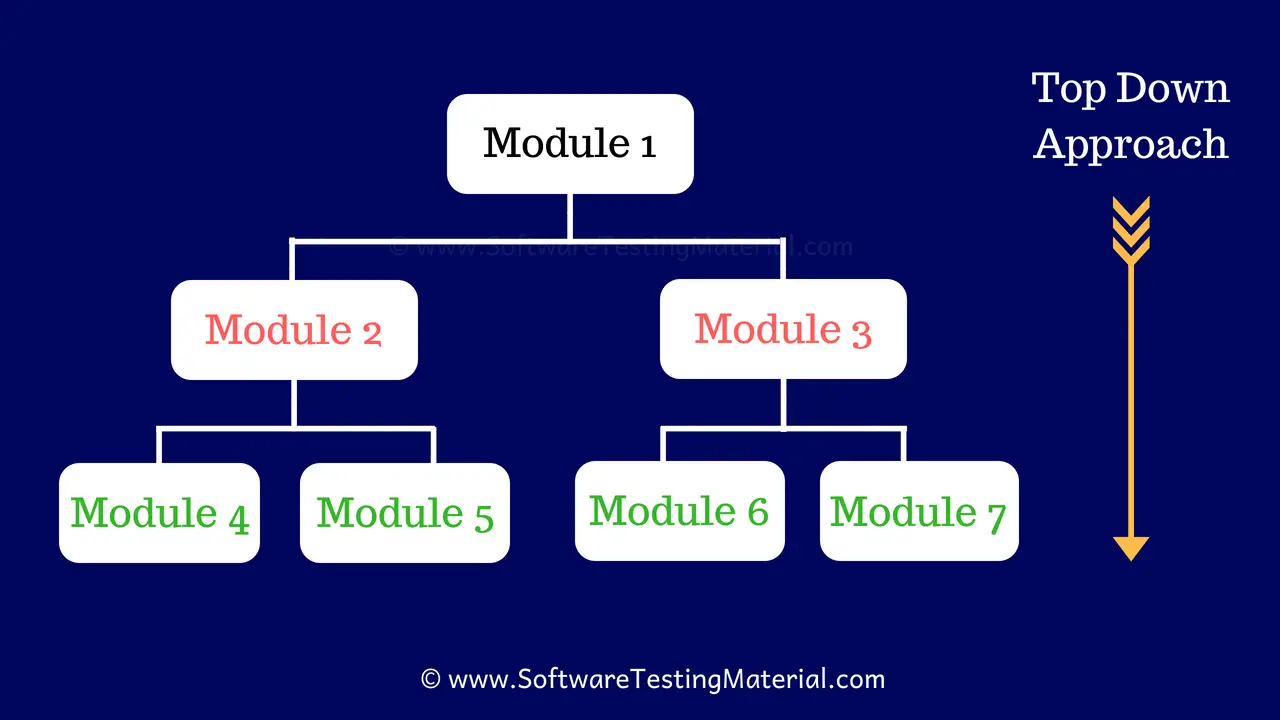System Design Strategy Software Engineering
Table Of Content

This can be appreciated by considering using one approach without the other to balance it. Pure Bottom Up thinking can result in missed deadlines, blown budgets and getting stuck on ideas that are not important in the overall scheme because everything is driven by emotion. On the other hand, pure Top Down thinking can result in a lifeless design that lacks impact and that nobody gets excited about. Please be aware that we are not responsible for the privacy practices of such other sites. We encourage our users to be aware when they leave our site and to read the privacy statements of each and every web site that collects Personal Information.
Contrasting Top Down and Bottom Up Approaches
Below, we cover the details, pros, and cons of top-down vs. bottom-up management. Let’s say you are tasked with creating a program to calculate the total sales of a store. Using top-down design, you would first outline the main steps such as inputting sales data, calculating total sales, and displaying the result. Then, you would further break down each step into more detailed sub-steps. The provided code snippet is a perfect illustration of the top-down design approach in programming.
Advantages of bottom-up management
Conversely, a bottom-up process begins by designing (or reusing) individual components. These components are then compiled into groups (e.g. assemblies) to create the full system. Lastly, the assemblies are evaluated for how well the individual parts fit and function together. Discrepancies and misalignments are noted and fixed in the individual parts. For conciseness I’m going to call this overall goal the “Vision.” The Vision is essentially the conceptual blueprint for what a system should achieve.
Fix these common onboarding challenges to boost productivity
A software company might employ a bottom-up approach by encouraging developers to identify and fix bugs or enhancements based on user feedback. These improvements are incorporated into the next software release cycle, improving product quality. Non-governmental organizations (NGOs) working on environmental conservation often use a bottom-up approach by involving local communities in the conservation efforts. This could include training locals to monitor and report on wildlife activity or involving them in reforestation projects, ensuring that conservation efforts are tailored to the local ecology and community needs. Local government agencies may employ a bottom-up approach by engaging community members in planning neighborhood improvements.
Assess Organizational Culture
This privacy statement applies solely to information collected by this web site. Pearson collects name, contact information and other information specified on the entry form for the contest or drawing to conduct the contest or drawing. Pearson may collect additional personal information from the winners of a contest or drawing in order to award the prize and for tax reporting purposes, as required by law. We use this information to address the inquiry and respond to the question. As with everything in life, there are trade-offs and I would be remiss if I didn’t point out several disadvantages inherent to utilizing a master model.

Some benefits of using Top Down Design include improved code organization, easier maintenance and updates, better readability, and the ability to work on different parts of the program simultaneously with a team. An ECG is an external copied geometry from another part into the receiving part. The main advantage of performing an ECG in Creo vs other utilities is that in Creo we can be specific about what to copy over. Other tools require designers to take the entire part into the other. In project management, it’s not about picking sides—bottom-up vs top-down—it’s about finding what works best for your team.

It is inherent that no coding can begin until a sufficient level of detail has been reached in the design of at least some part of the system. Top–down approaches are implemented by attaching the stubs in place of the module. But these delay testing of the ultimate functional units of a system until significant design is complete. Pearson automatically collects log data to help ensure the delivery, availability and security of this site.
Designing proteins from simple motifs: opportunities in Top-Down Symmetric Deconstruction - ScienceDirect.com
Designing proteins from simple motifs: opportunities in Top-Down Symmetric Deconstruction.
Posted: Sun, 20 Mar 2022 07:14:08 GMT [source]
Then, they generate a marketable concept — either by engaging a design firm or by working with their internal design team. When strict revision control of every component is required—typical with medical devices—using a top-down approach may not be the best choice. Such products cannot afford to have every single part update when making a minor change to the master. When utilized properly, top-down design enables a product development team to work on a large design while maintaining a single place to define and control all component interdependencies.
Analyzing business goals and constraints
Pearson uses appropriate physical, administrative and technical security measures to protect personal information from unauthorized access, use and disclosure. Although they’re less common in our portfolio of work, there are some scenarios when using a bottom-up approach makes more sense. Thus regenerating large assemblies can bring even fast computers to their knees.
The User class represents a user with an ID, name, and a cart to hold products. Here, functions allow products to be added or removed from the cart. Checkout computes the total payable amount by summing up the final prices of products in the cart.
Structured design techniques help developers to deal with the size and complexity of programs. Analysts create instructions for the developers about how code should be written and how pieces of code should fit together to form a program. Inheritance – A type of top down design feature that will inherent features from other parts or assemblies. Some refer to the ‘Bottom-up’ approach as a more “traditional” method, where the design starts at the component or part level, and then they are inserted within the later created assembly.
This method breaks down a large task (or program) into smaller, more manageable segments or modules. In ecology top–down control refers to when a top predator controls the structure or population dynamics of the ecosystem. The interactions between these top predators and their prey are what influences lower trophic levels. Changes in the top level of trophic levels have an inverse effect on the lower trophic levels. Top–down control can have negative effects on the surrounding ecosystem if there is a drastic change in the number of predators.
Although an understanding of the complete system is usually considered necessary for good design—leading theoretically to a top-down approach—most software projects attempt to make use of existing code to some degree. During the development of new products, designers and engineers rely on both bottom–up and top–down approaches. The bottom–up approach is being used when off-the-shelf or existing components are selected and integrated into the product. An example includes selecting a particular fastener, such as a bolt, and designing the receiving components such that the fastener will fit properly. This approach effectively simplifies complex problems by breaking them down into smaller, more manageable pieces, each handled by dedicated functions.
Comments
Post a Comment